When it comes to foundational strength training, few exercises rival the squat. Whether you're new to fitness or a seasoned lifter, understanding the muscle group for squats is key to maximizing results, avoiding injury, and structuring an effective workout program. Let’s break down exactly which squat muscle group is targeted—and how to engage them properly.
Primary Muscle Groups Worked by Squats
1. Quadriceps (Front of the Thighs)
The quadriceps are the most active squat muscle group. Located at the front of your thigh, this four-part muscle (hence the name quad) is responsible for extending the knee during the upward phase of the squat. If you’ve ever felt that post-leg-day soreness in the front of your thighs, it’s likely thanks to your quads doing heavy lifting.
2. Gluteus Maximus (Buttocks)
Your glutes are the powerhouse of the lower body. The gluteus maximus, in particular, is crucial for hip extension—driving your hips forward as you rise from the squat. Want a stronger, firmer backside? Squats are one of the most effective ways to train this major muscle group.
3. Hamstrings (Back of the Thighs)
Though not as dominant as the quads or glutes during squats, the hamstrings play a stabilizing role. They help control the descent and support the movement when transitioning from the bottom of the squat back to standing.
4. Adductors (Inner Thighs)
Often overlooked, the adductor muscles stabilize the legs and pelvis during squats. They’re especially engaged during wider stance variations like sumo squats, helping prevent the knees from collapsing inward.
Supporting Muscles That Also Get a Workout
While squats mainly target the lower body, they also activate several secondary muscles:
-
Core muscles (abs and lower back) to maintain posture and balance
-
Calves for ankle stability and control
-
Erector spinae in the lower back, ensuring the spine remains upright under load
-
Upper back and shoulders (especially in barbell back squats) to support and stabilize the weight
My First Real Leg Day: A Lesson in Muscle Engagement
I still remember my first proper squat session at a neighborhood gym. I'd been doing bodyweight squats at home, thinking I had good form and strength. That day, under the guidance of a seasoned trainer, I added a barbell and learned how to brace my core, drive through my heels, and truly activate my glutes—not just “go through the motion.”
The next morning? I discovered muscles I didn’t know I had. My quads burned, sure—but it was the deep soreness in my inner thighs and glutes that surprised me most. That experience taught me how squats aren’t just a leg exercise—they’re a full lower-body movement that demands coordination and effort from multiple muscle groups.
Tips for Maximizing Muscle Activation During Squats
-
Warm up thoroughly. Activate your glutes and core before loading the bar.
-
Use proper depth. Aim for thighs parallel to the floor or lower (as mobility allows).
-
Brace your core. This protects your spine and improves power output.
-
Drive through your heels. Keeps the focus on glutes and hamstrings rather than tipping forward.
-
Keep your knees in line with your toes. Prevents injury and ensures proper muscle recruitment.
Final Thoughts
Understanding the squat muscle group is essential for effective training. Squats aren’t just about building bigger legs—they’re about functional strength, stability, and total-body coordination. By knowing which muscle groups for squats are involved and how to train them with intention, you can make every rep count—whether your goal is power, aesthetics, or longevity in fitness.
So next time you squat, remember: you’re not just bending your knees—you’re training a complex network of muscles working in unison to move, support, and strengthen your body.





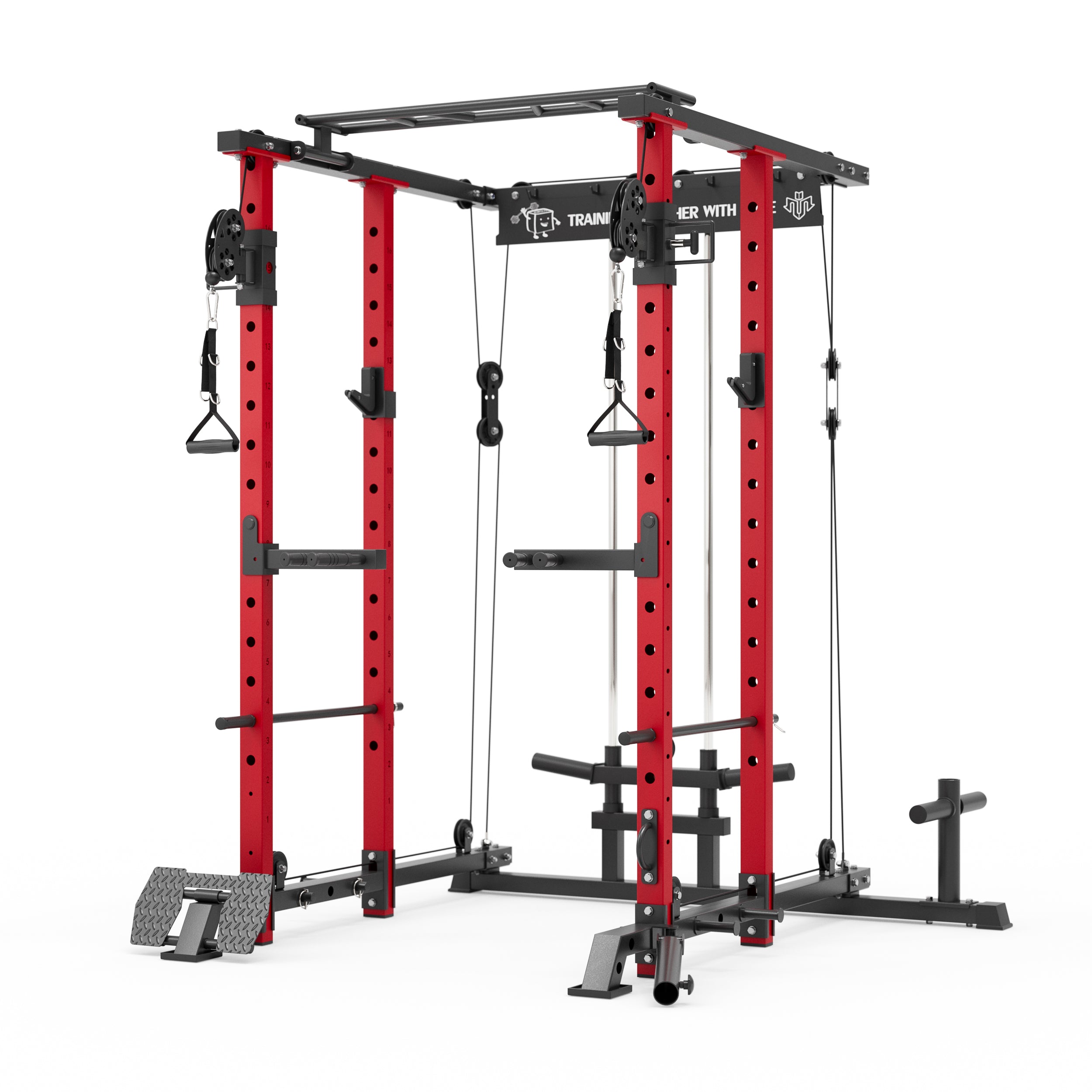



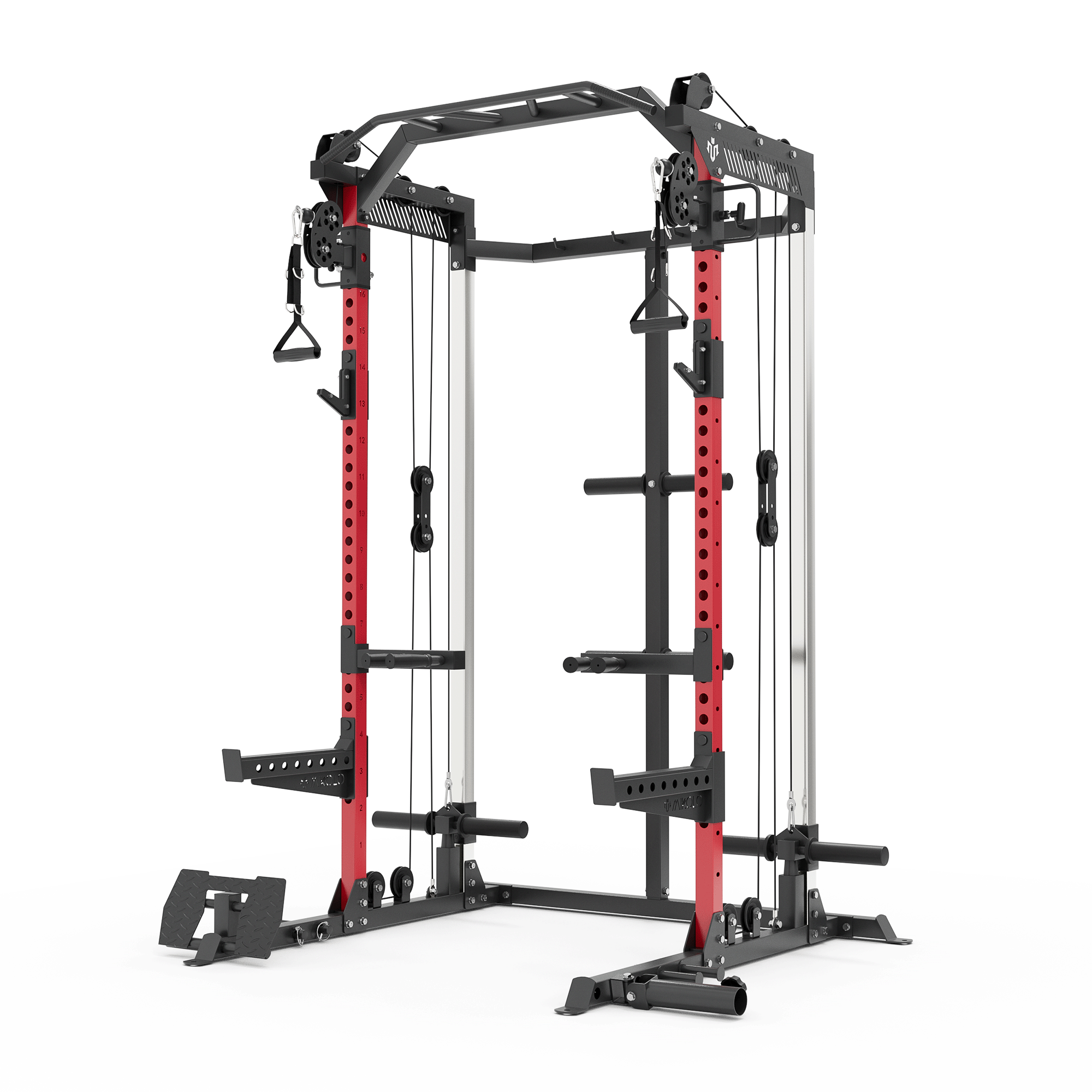
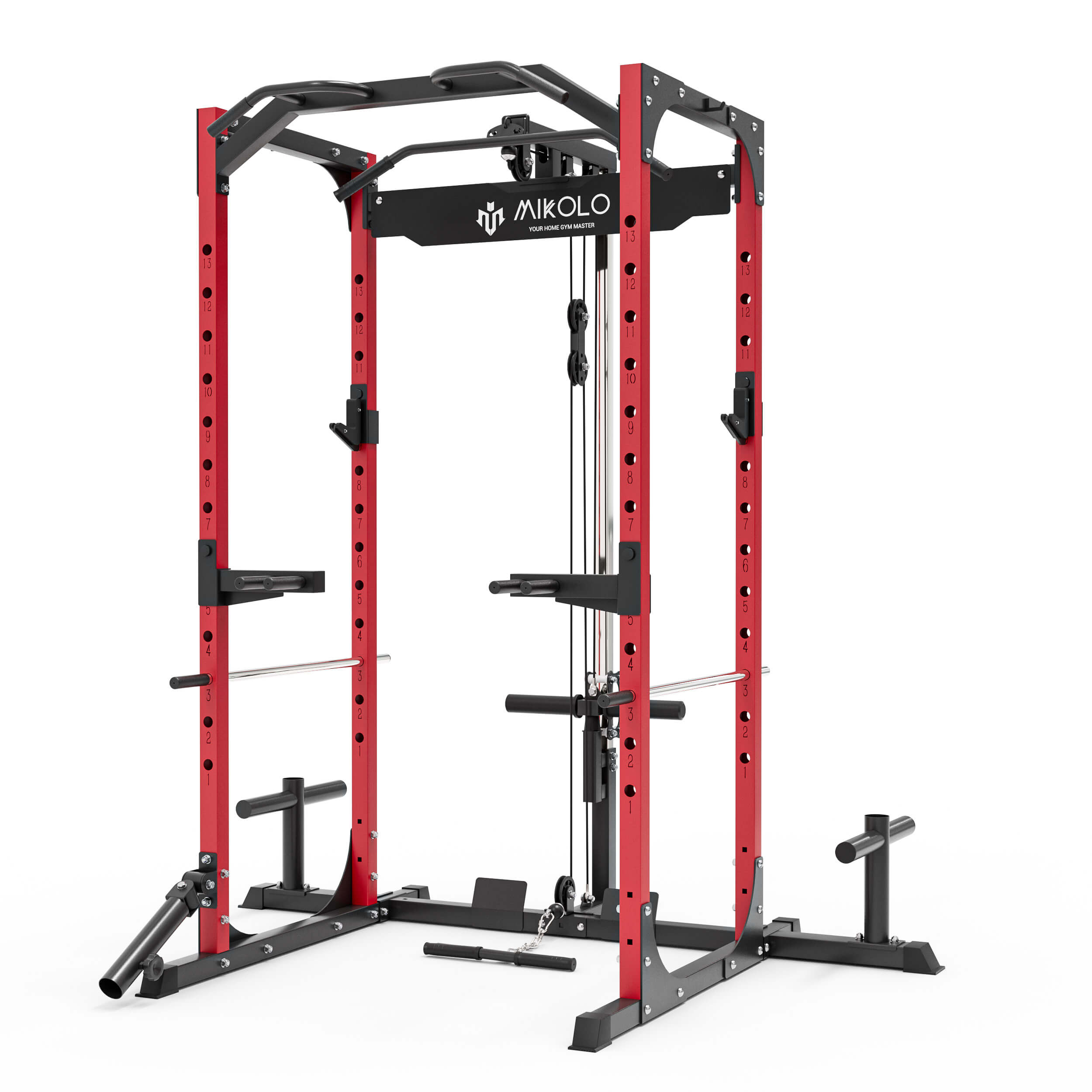






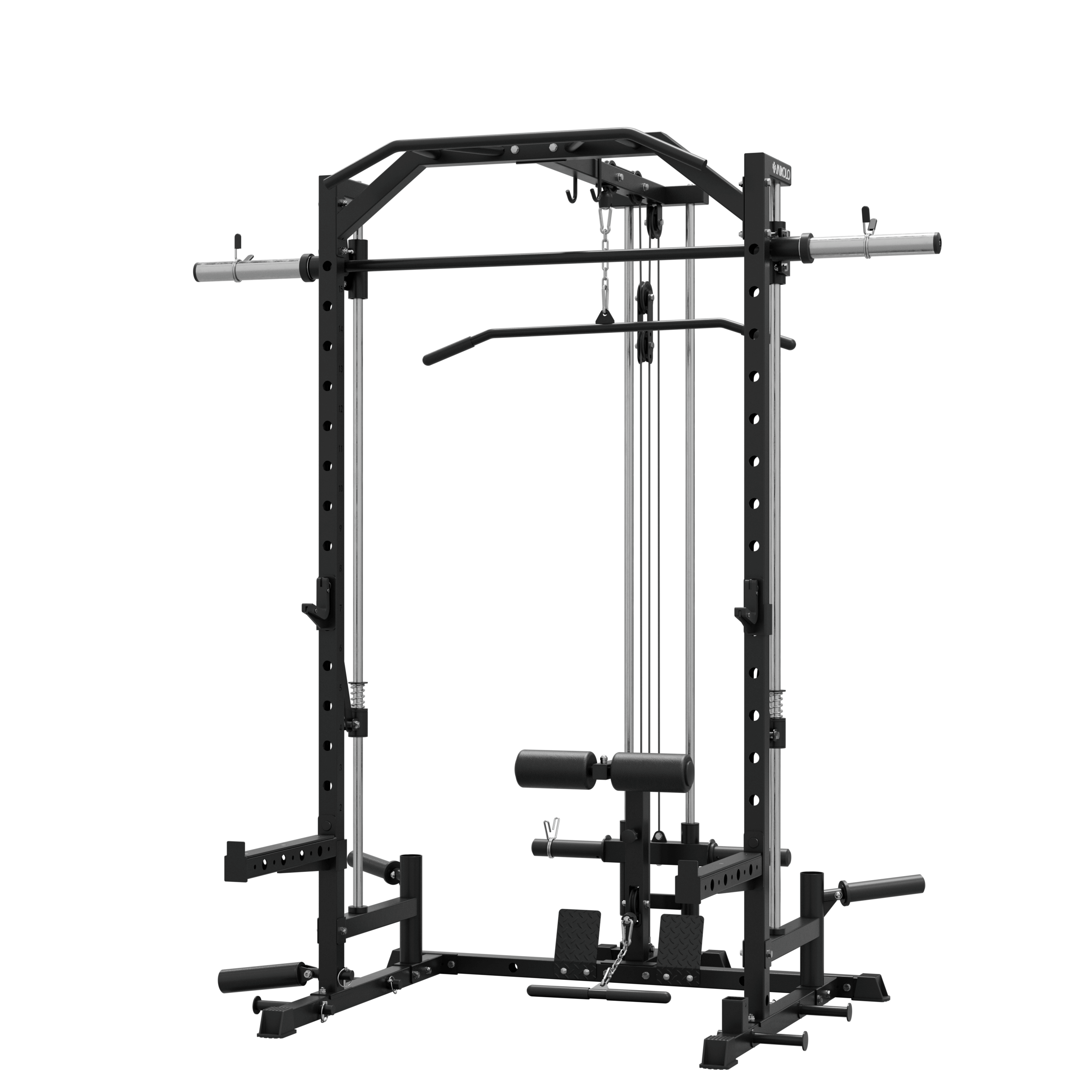
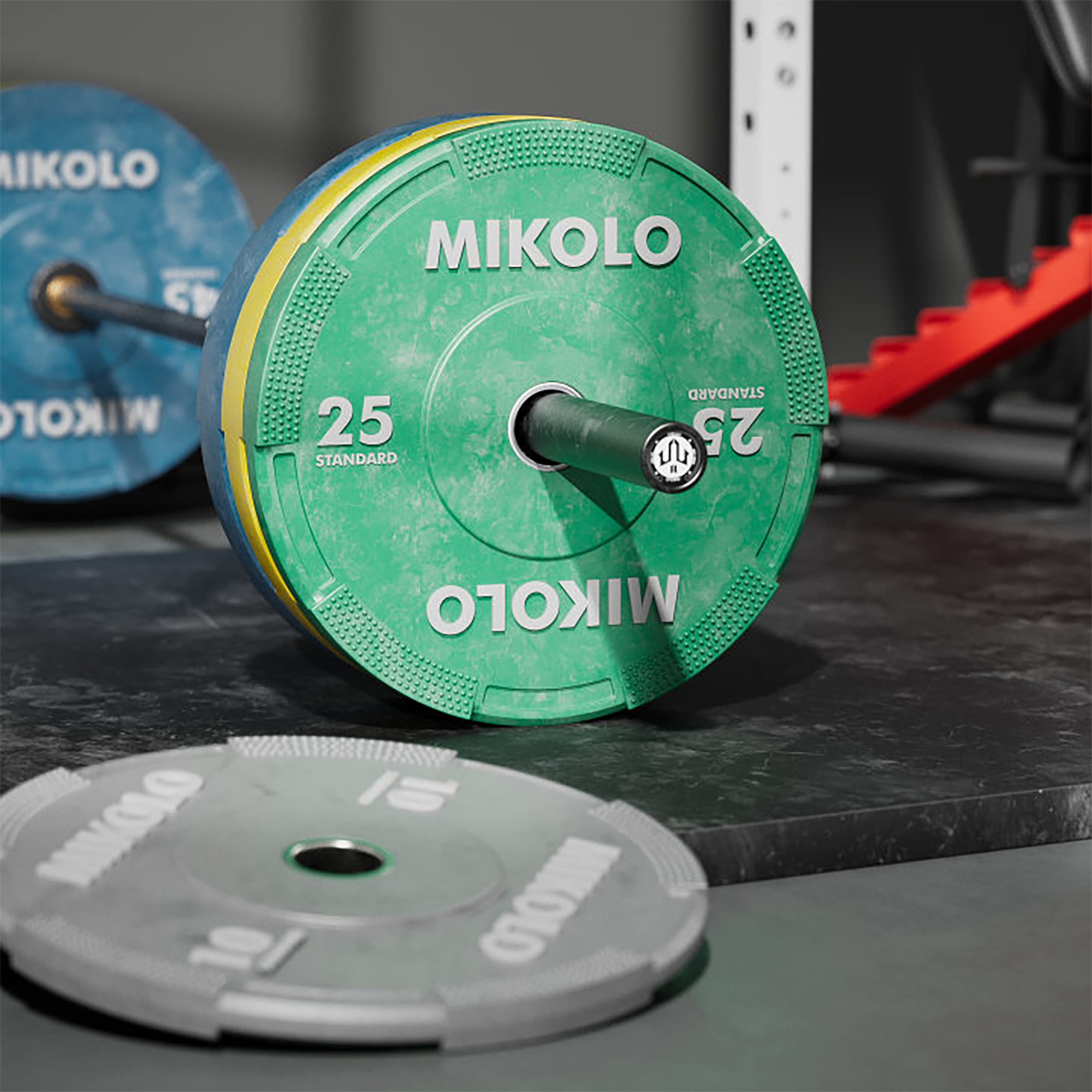
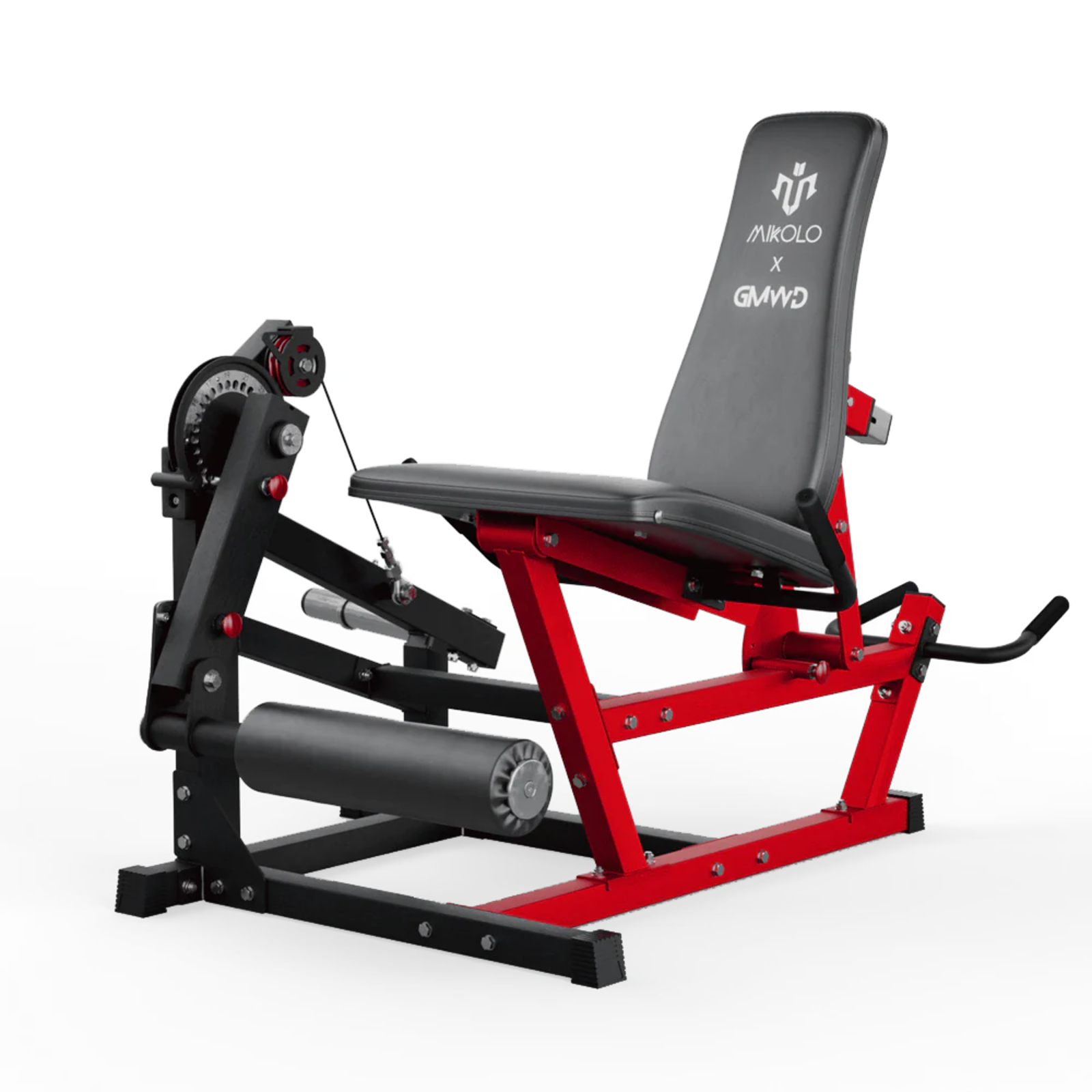

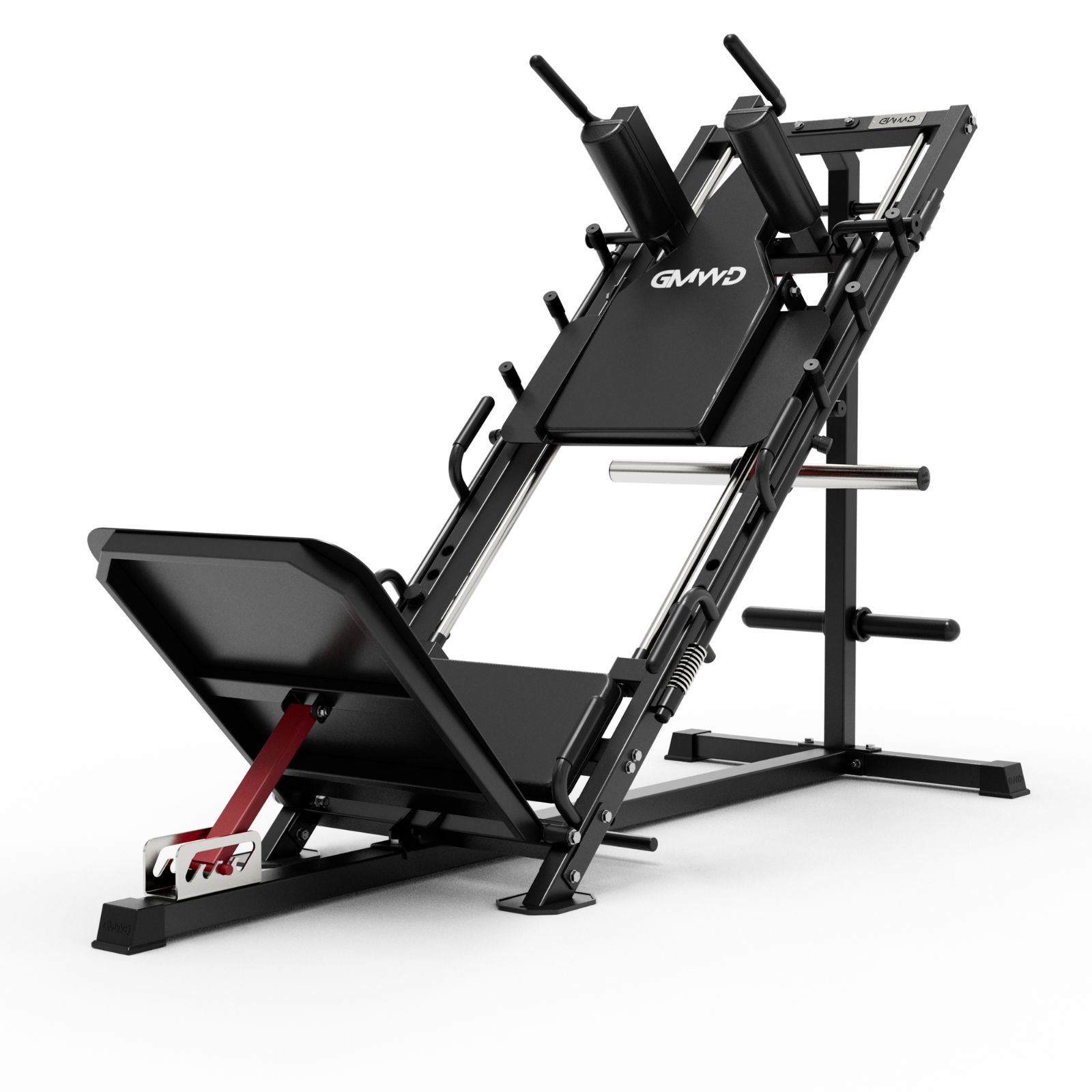


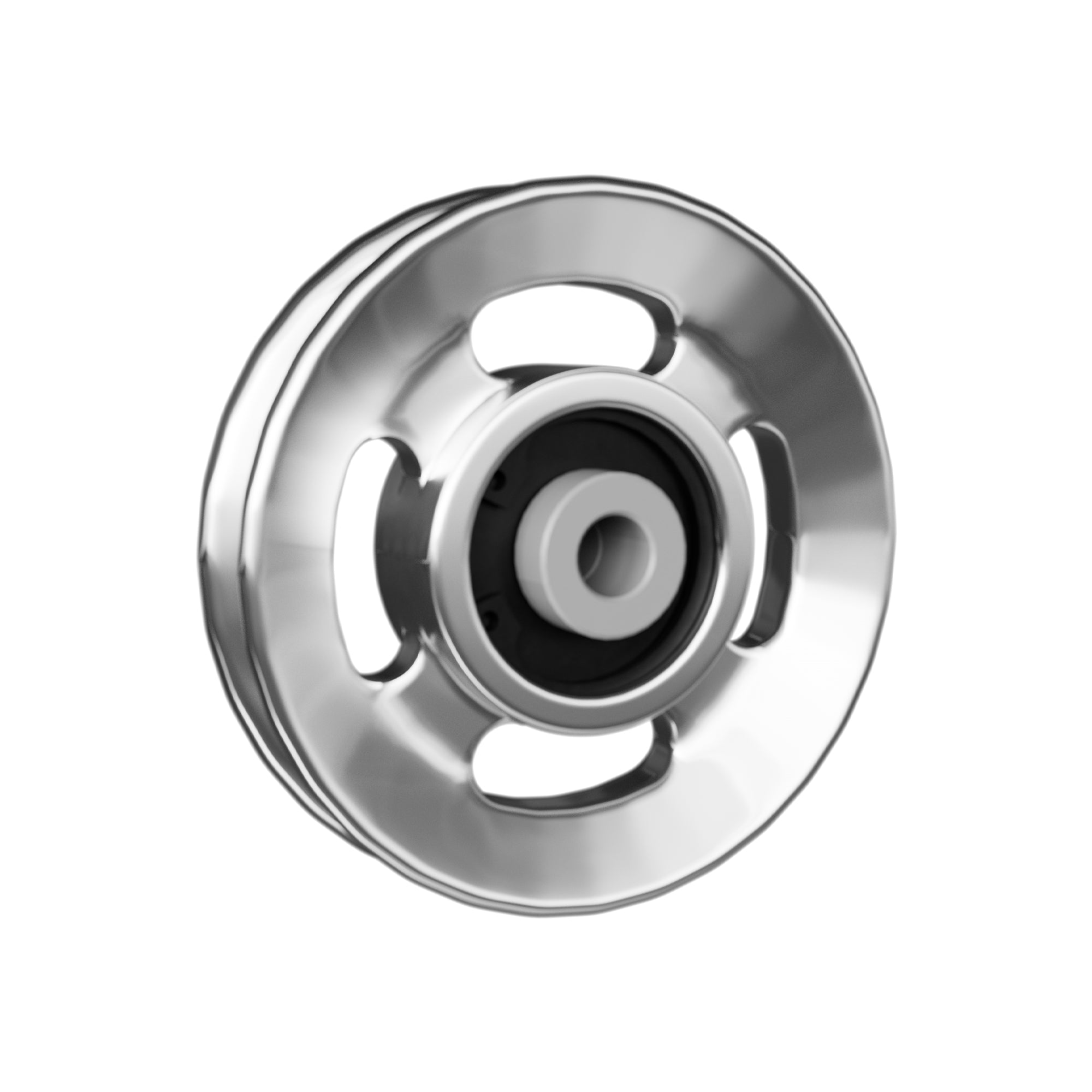
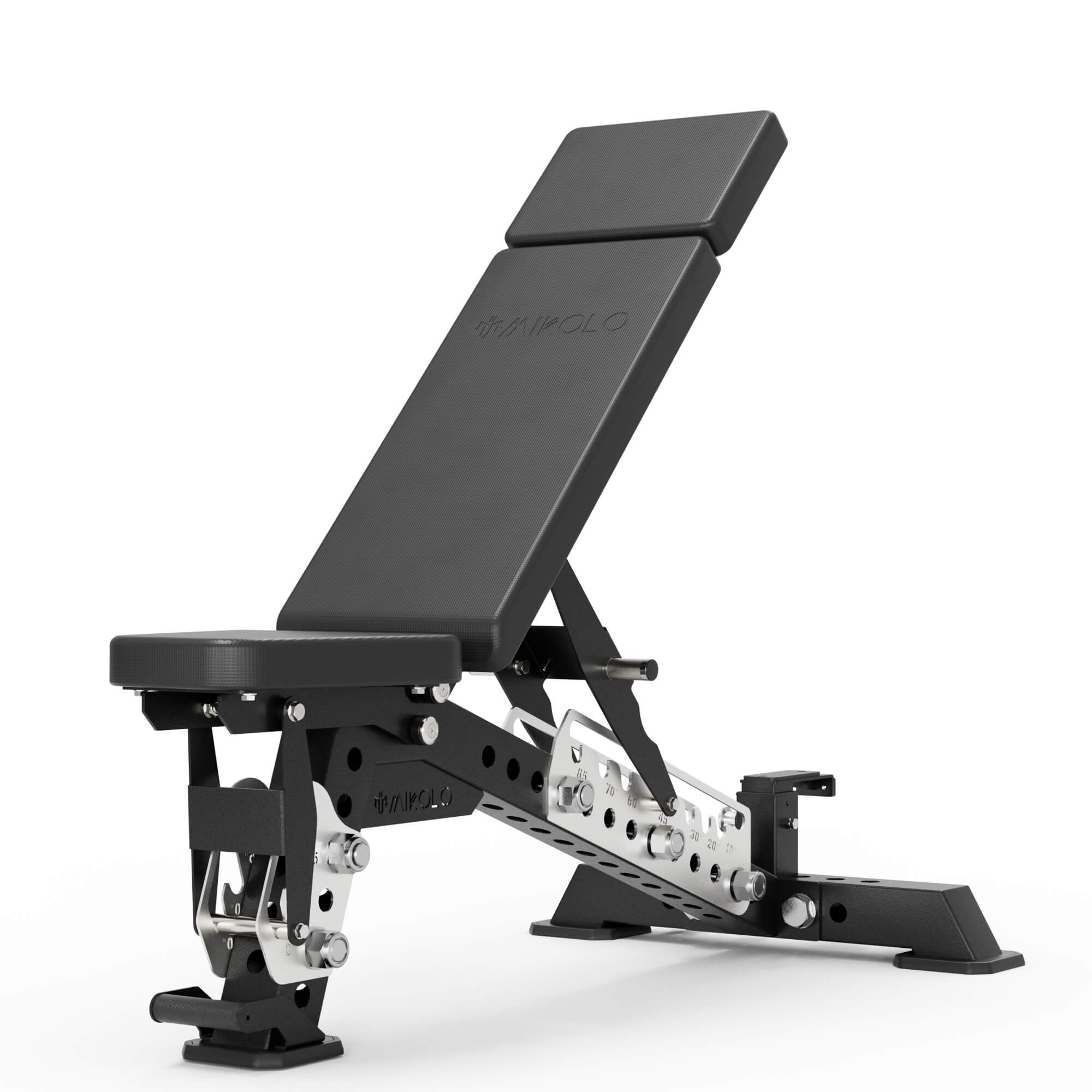
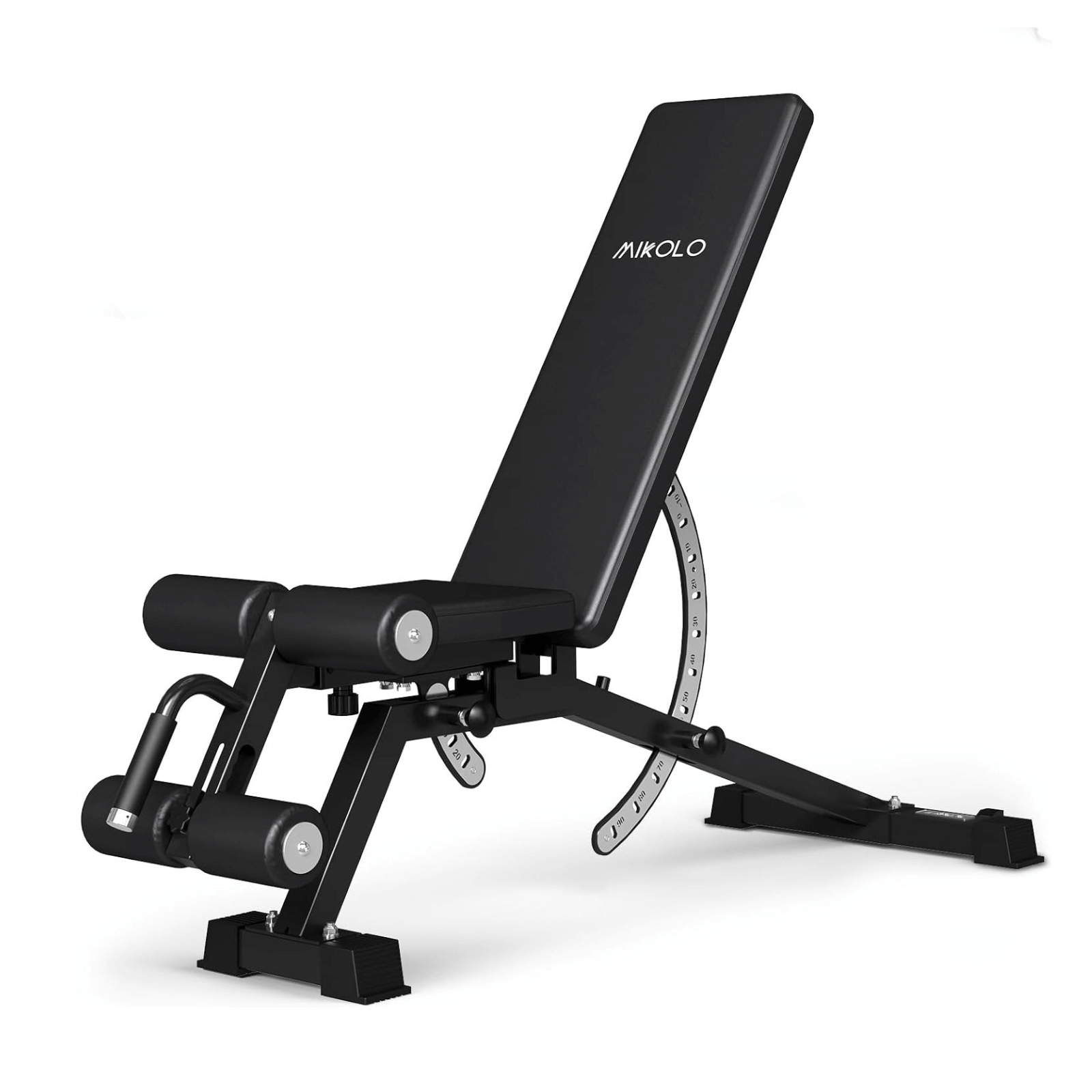

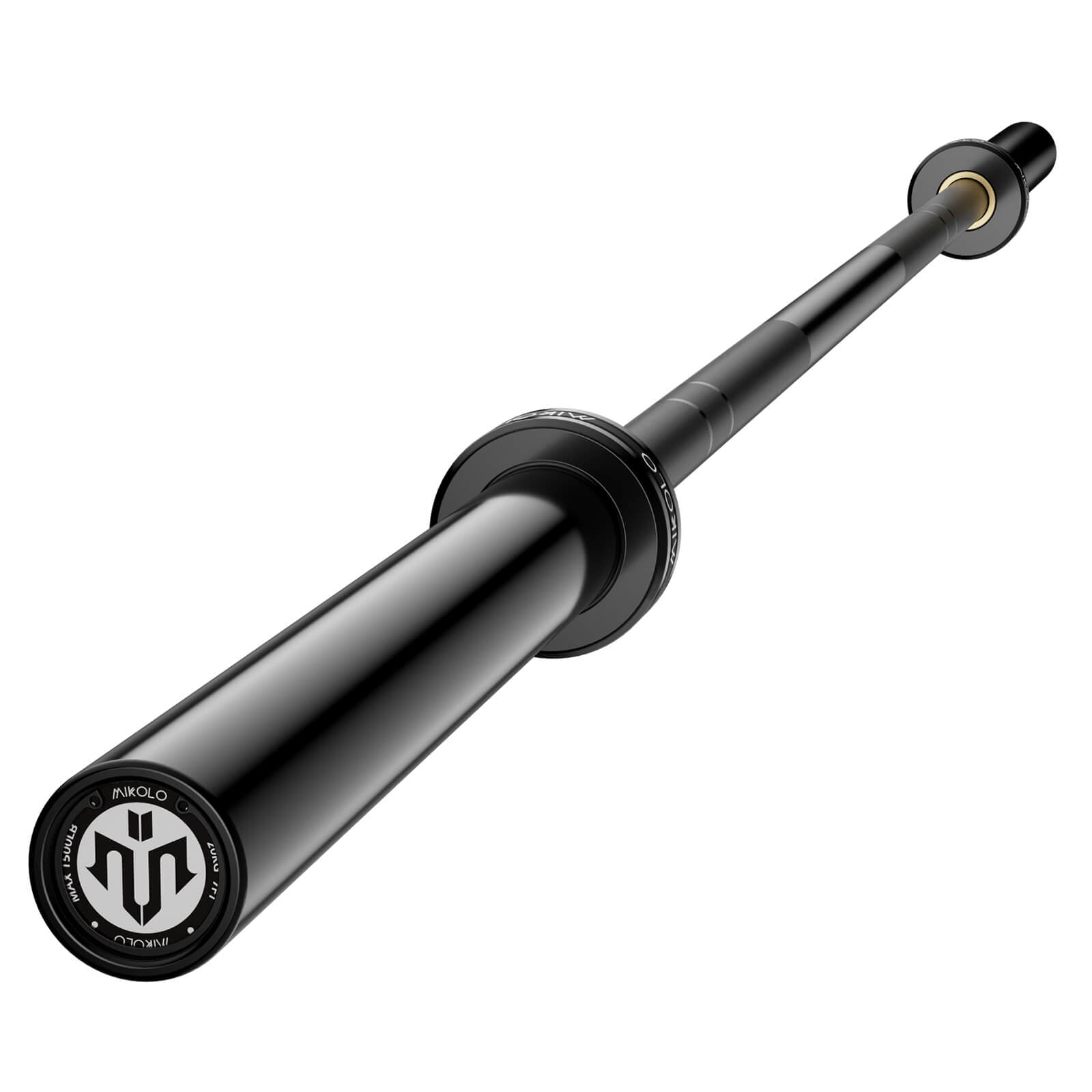
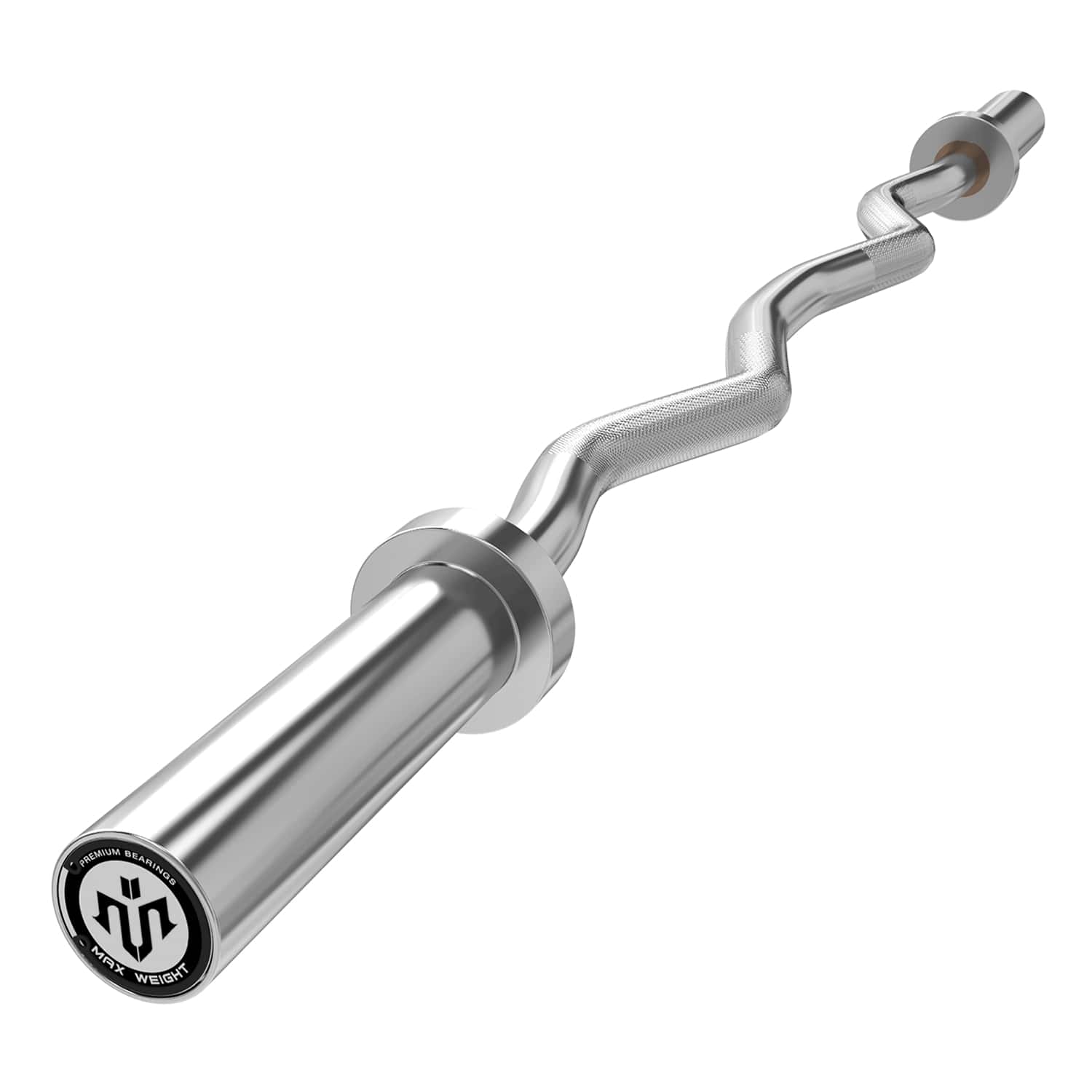
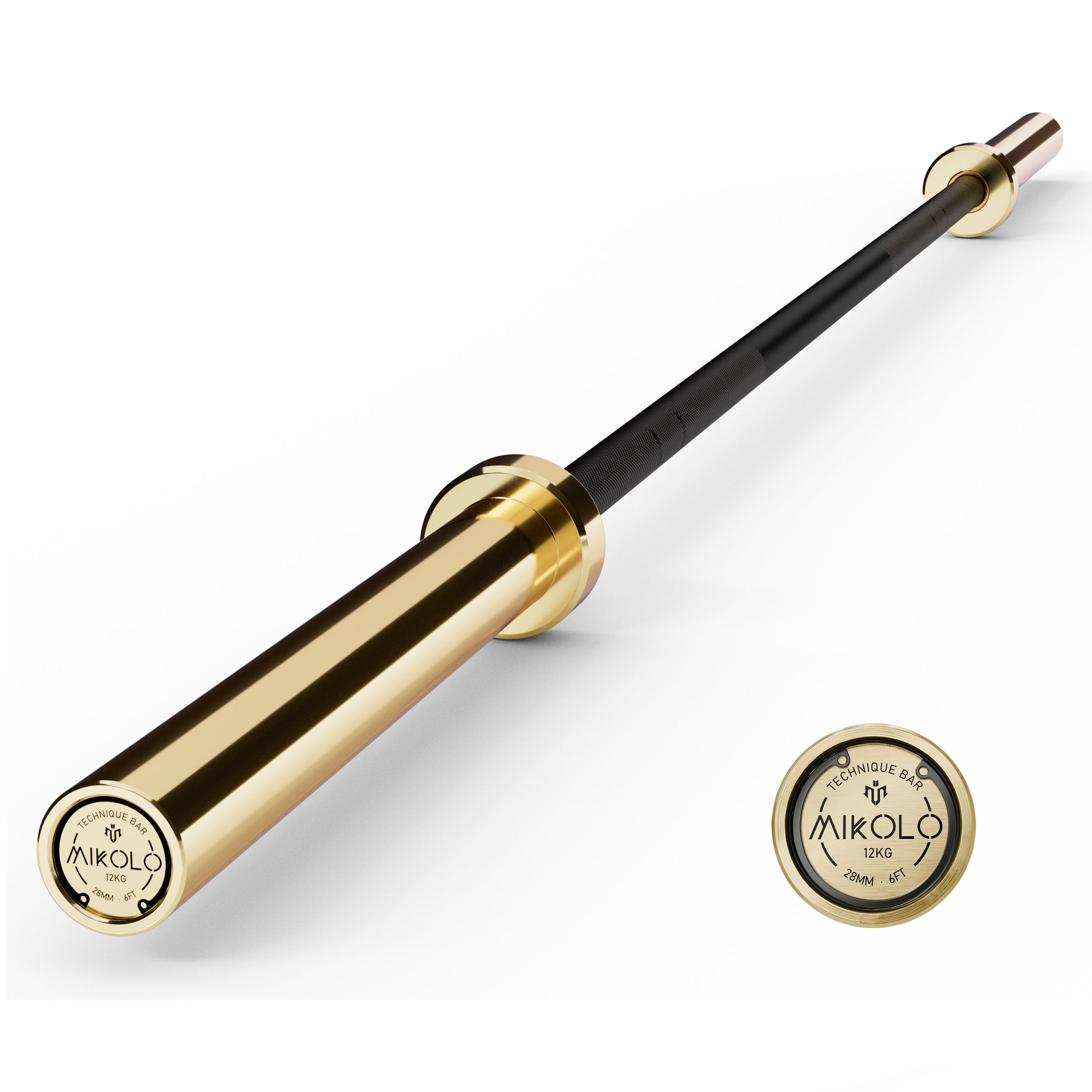
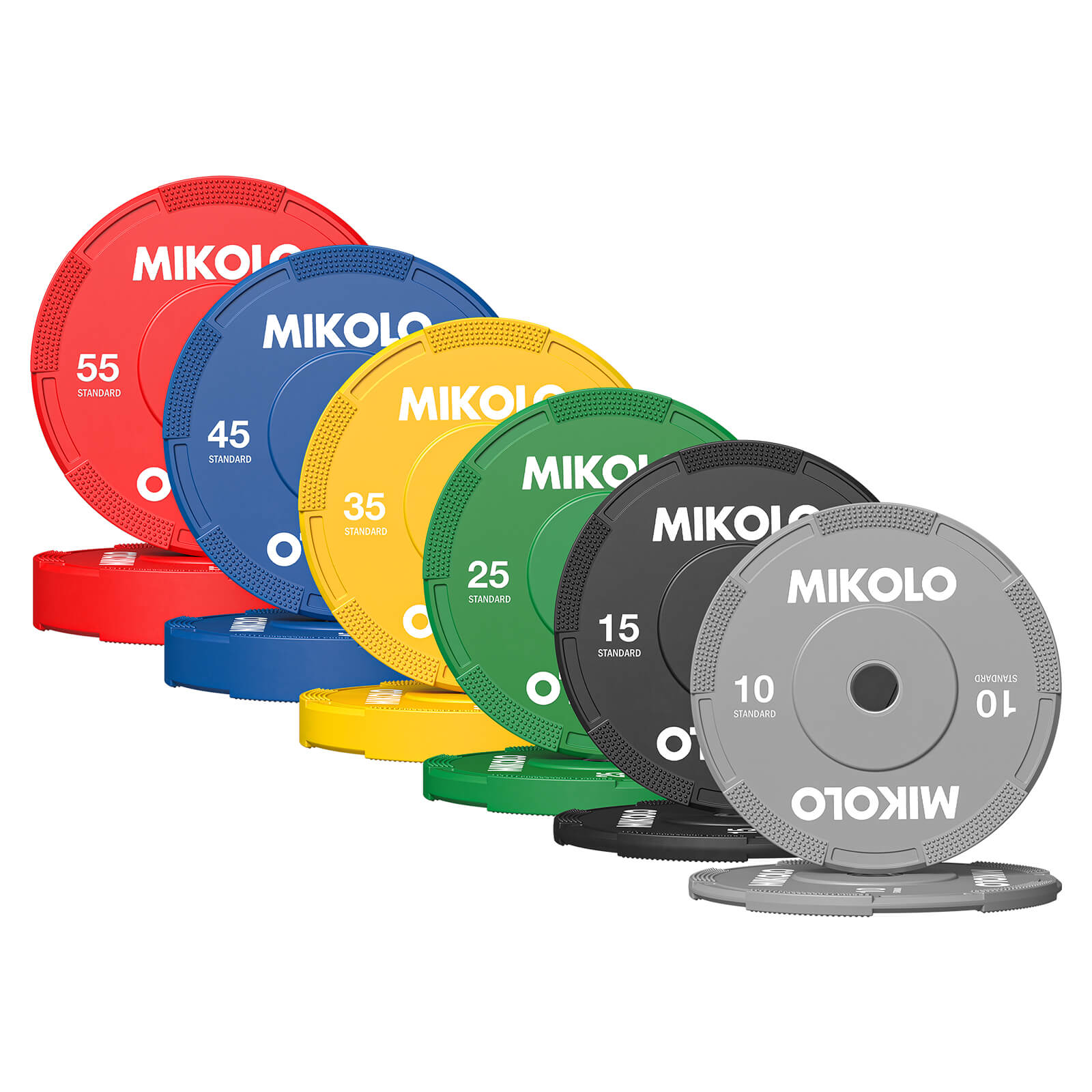
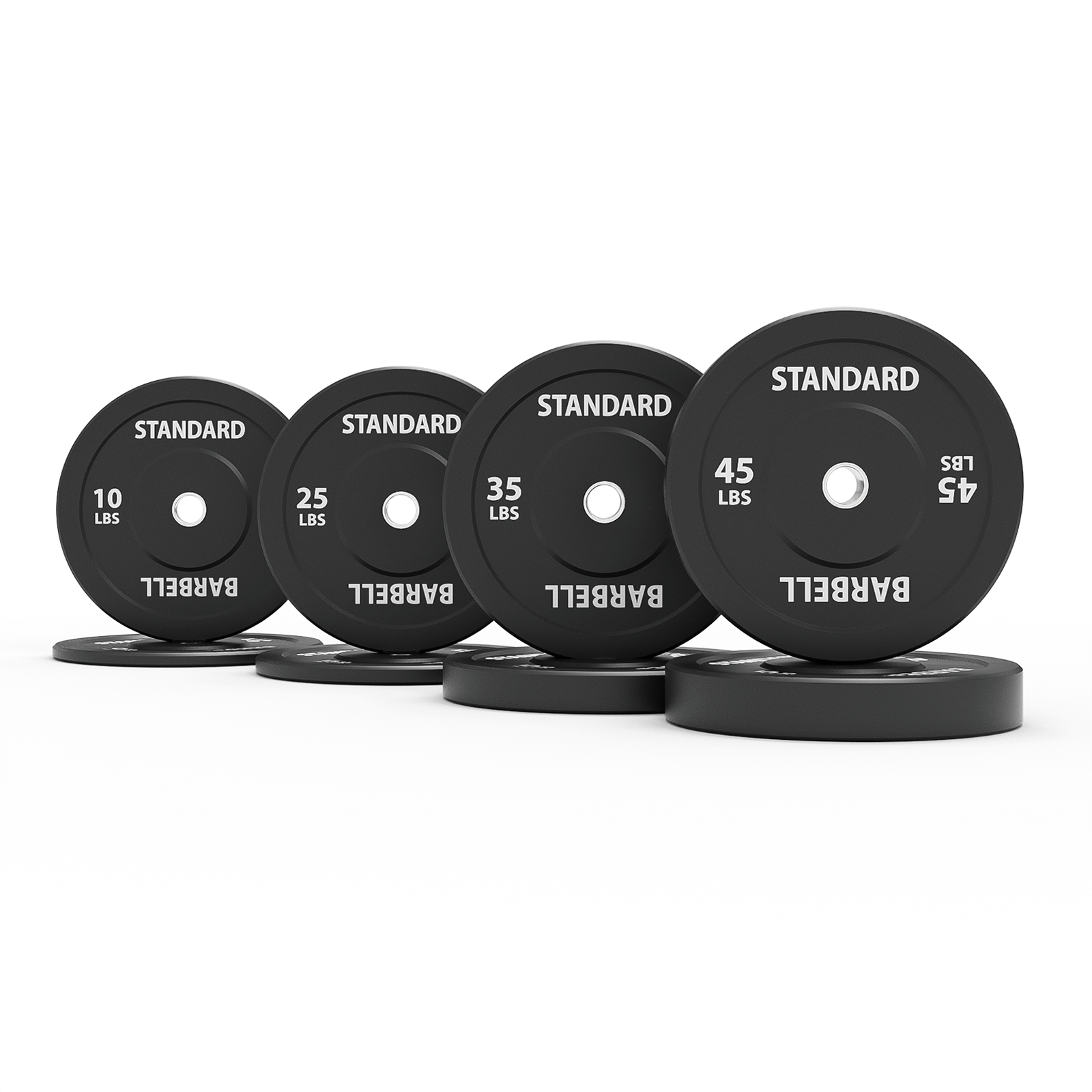
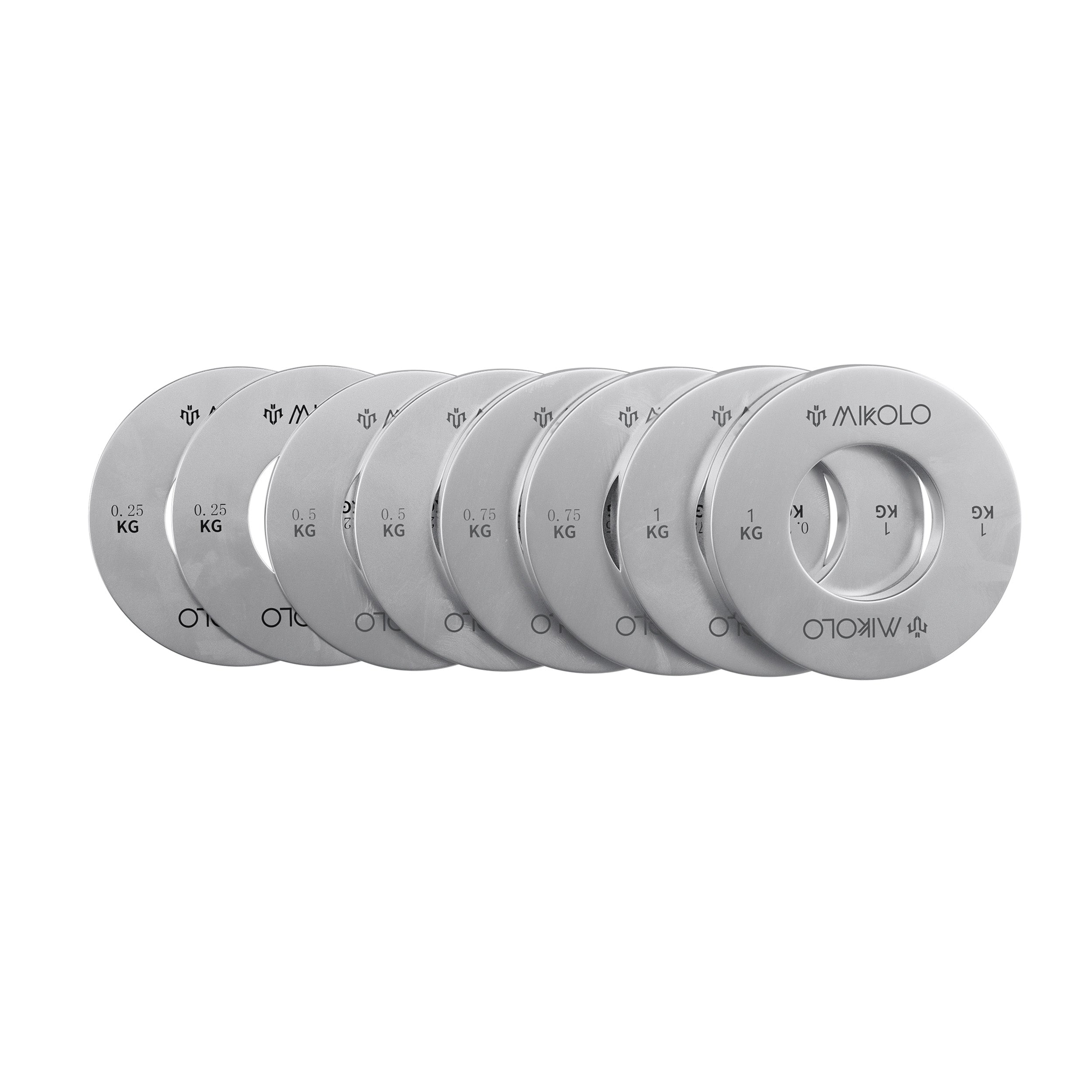


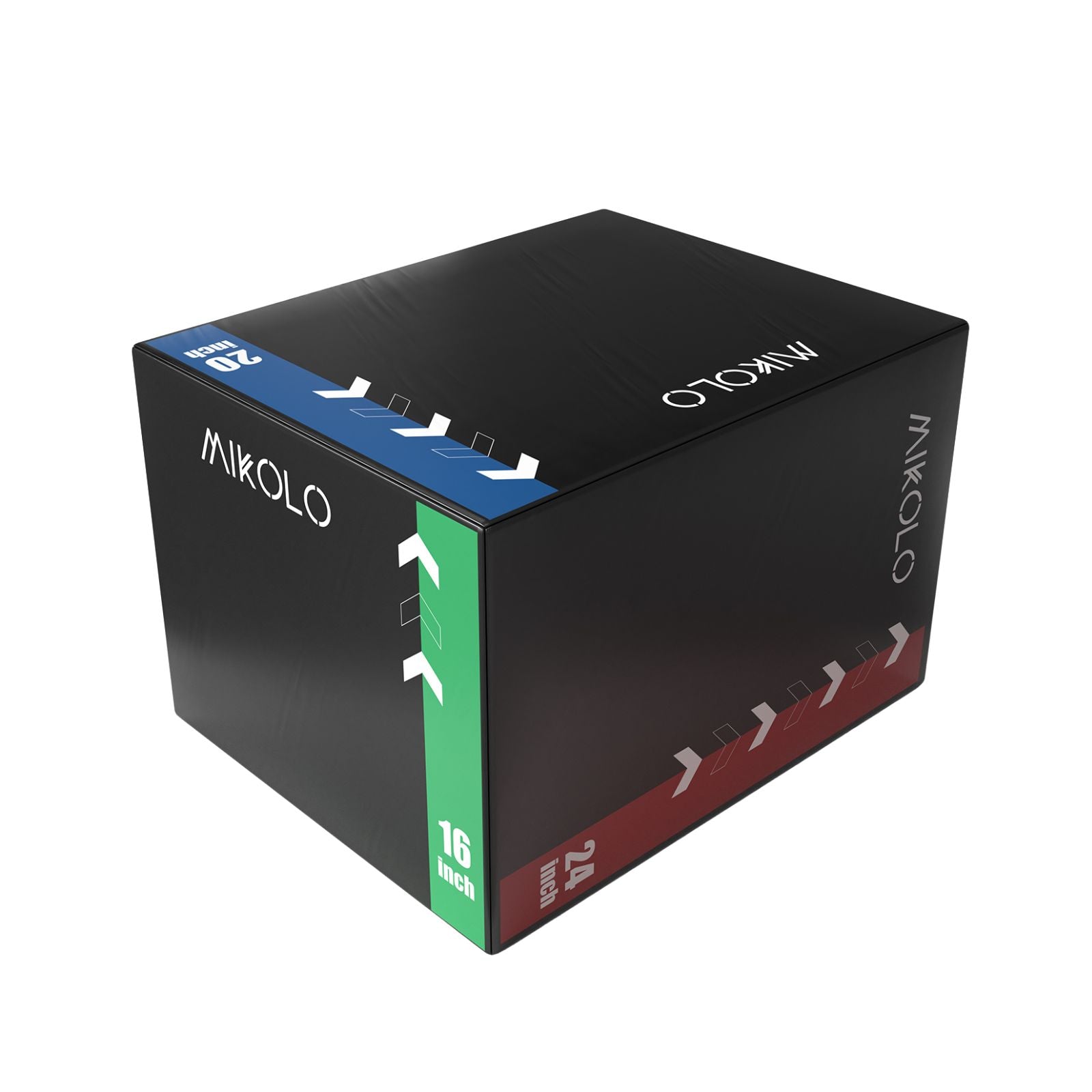
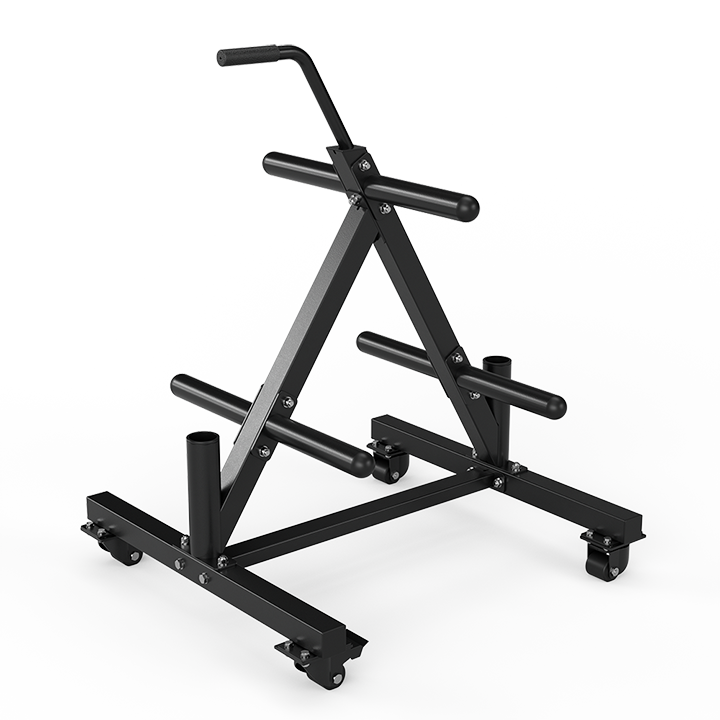





Leave a comment
This site is protected by hCaptcha and the hCaptcha Privacy Policy and Terms of Service apply.